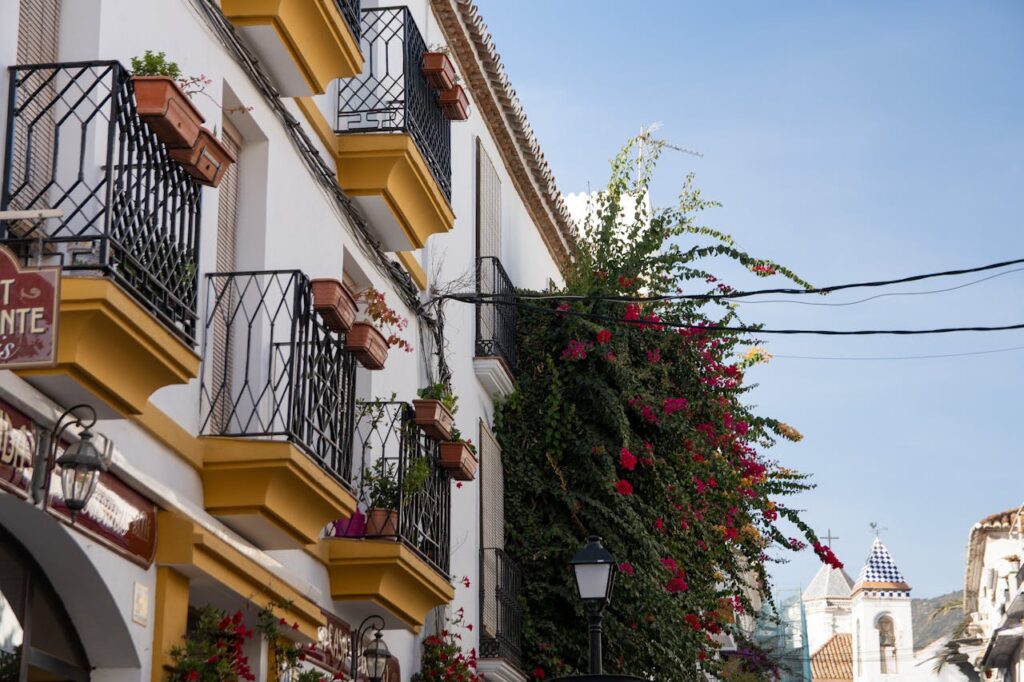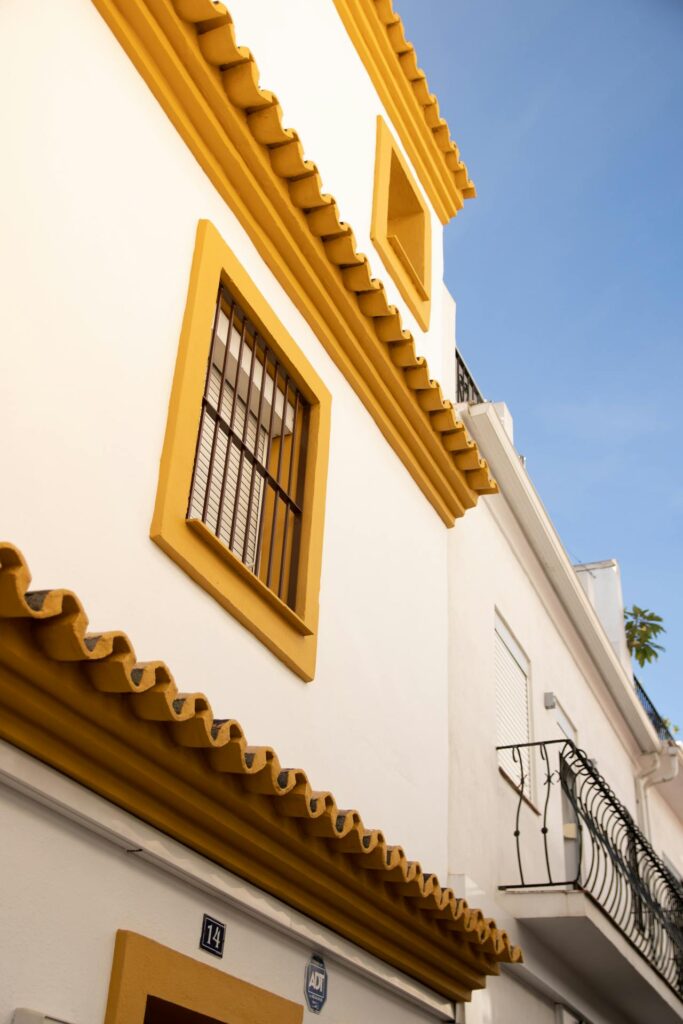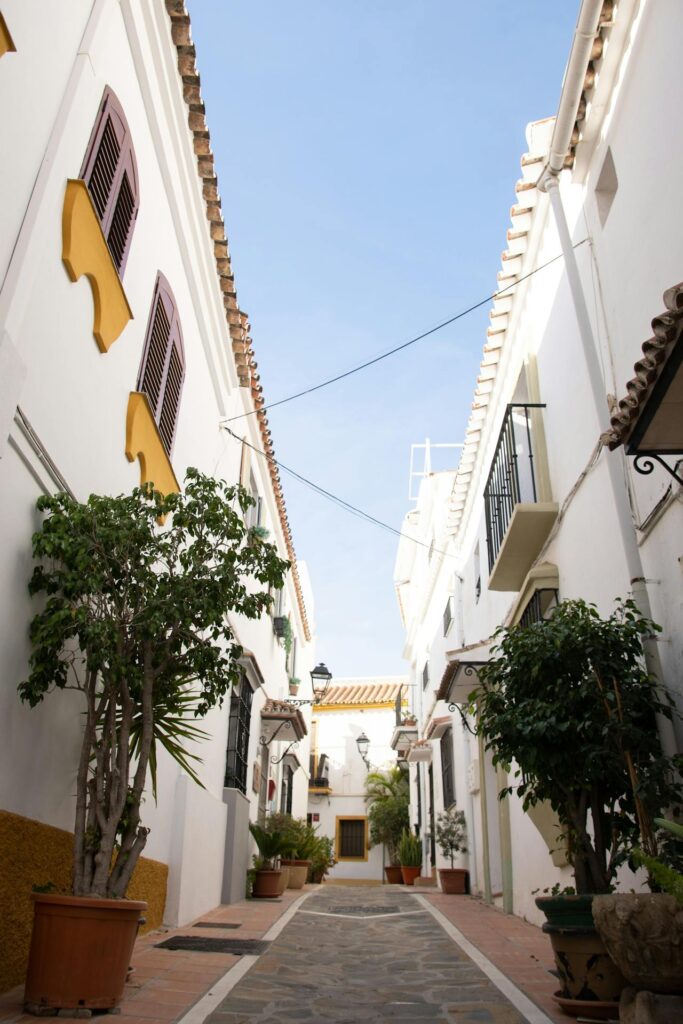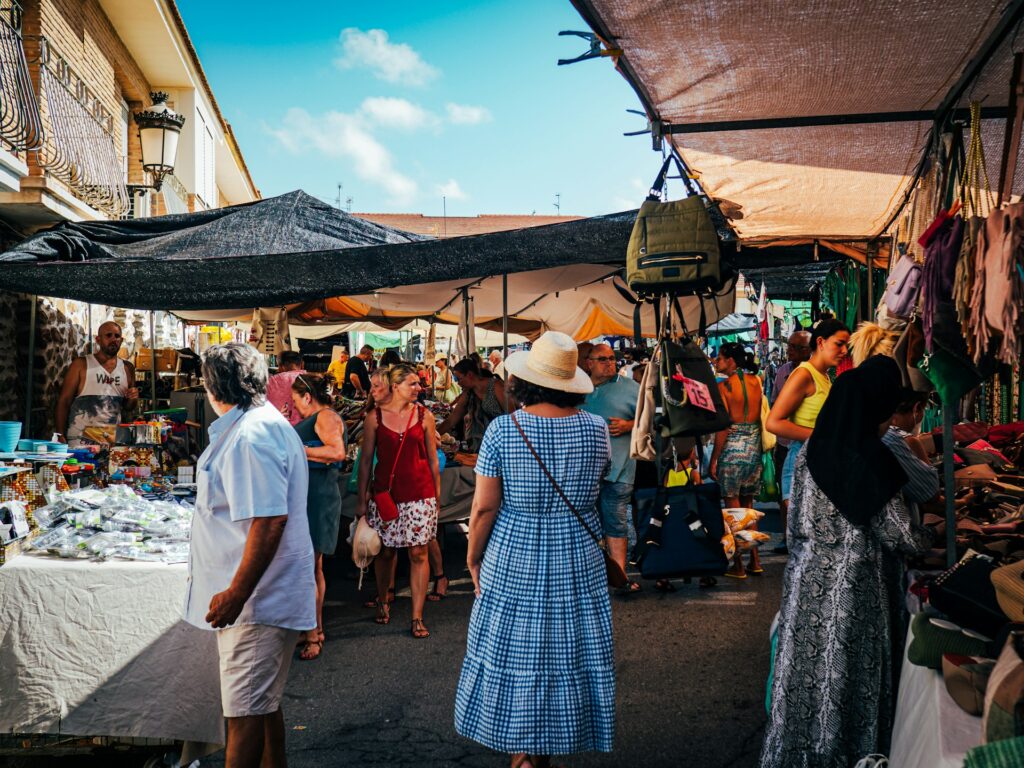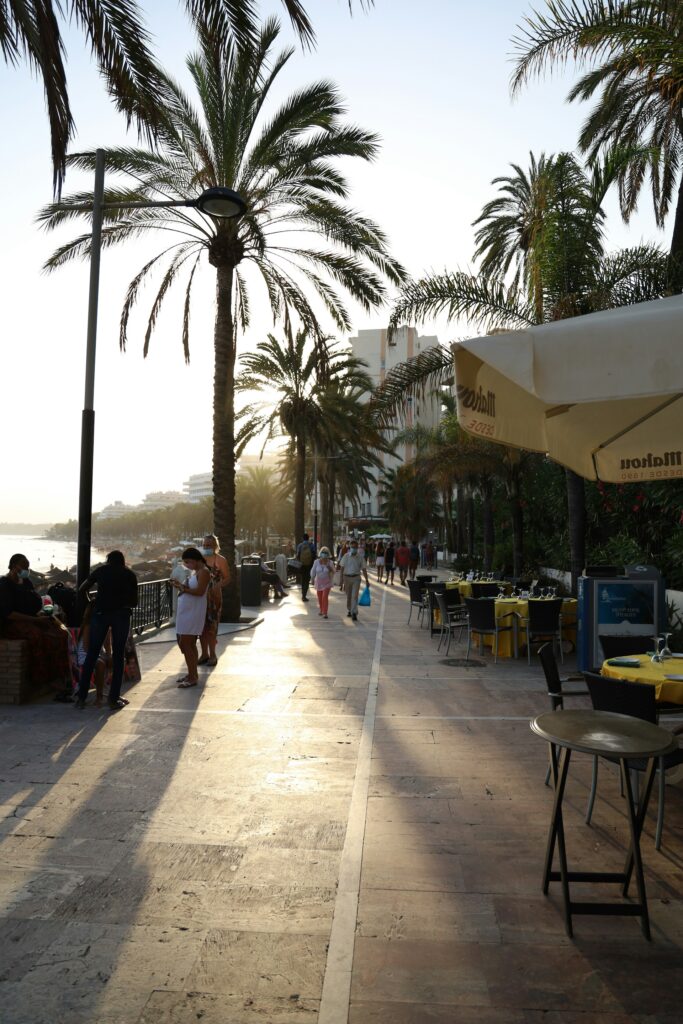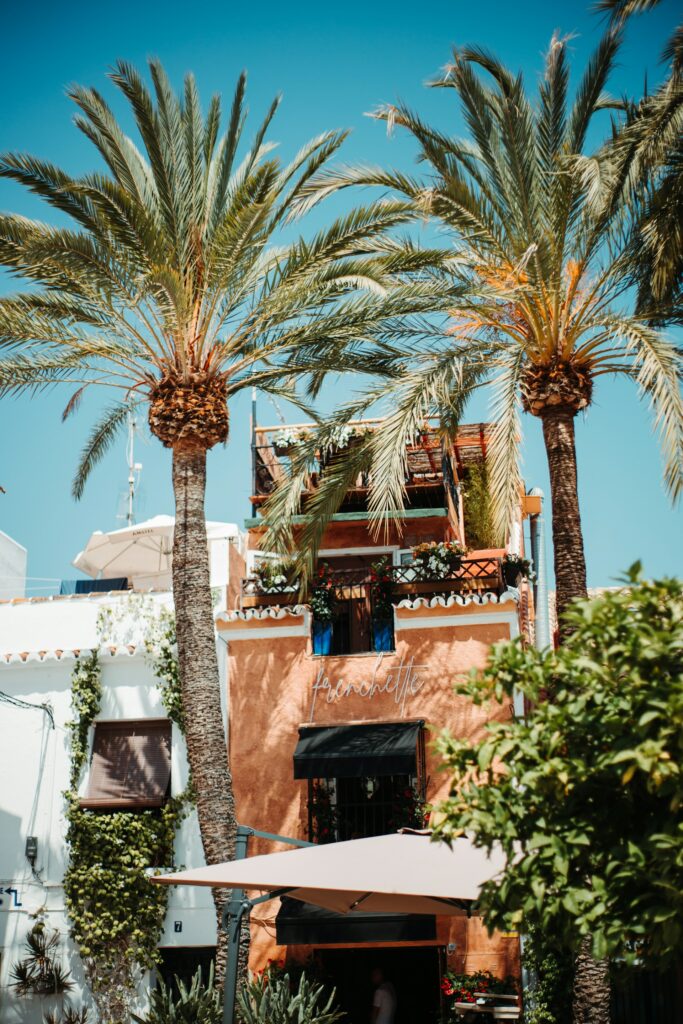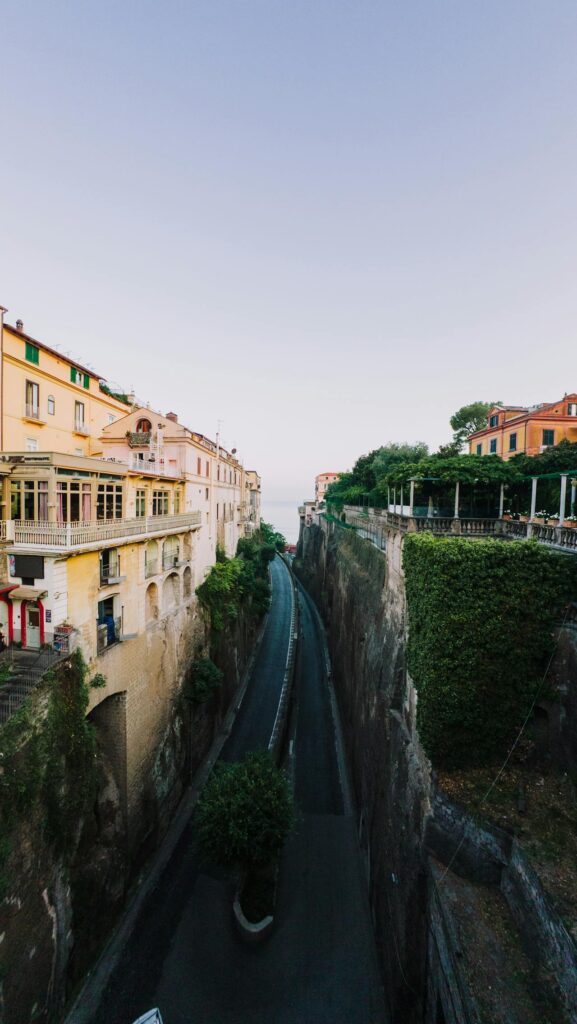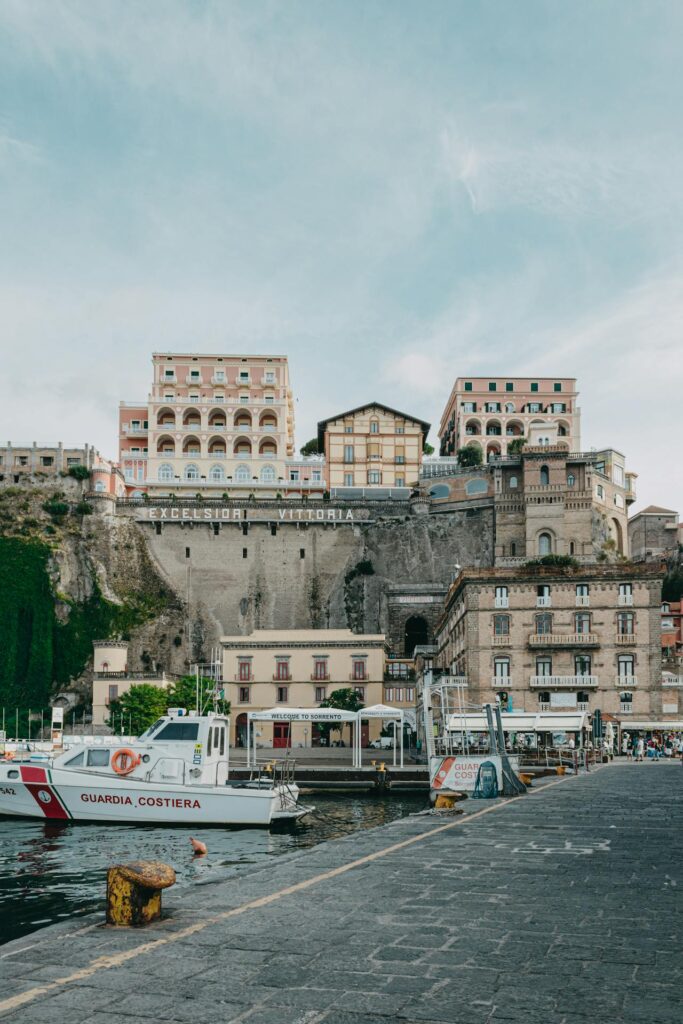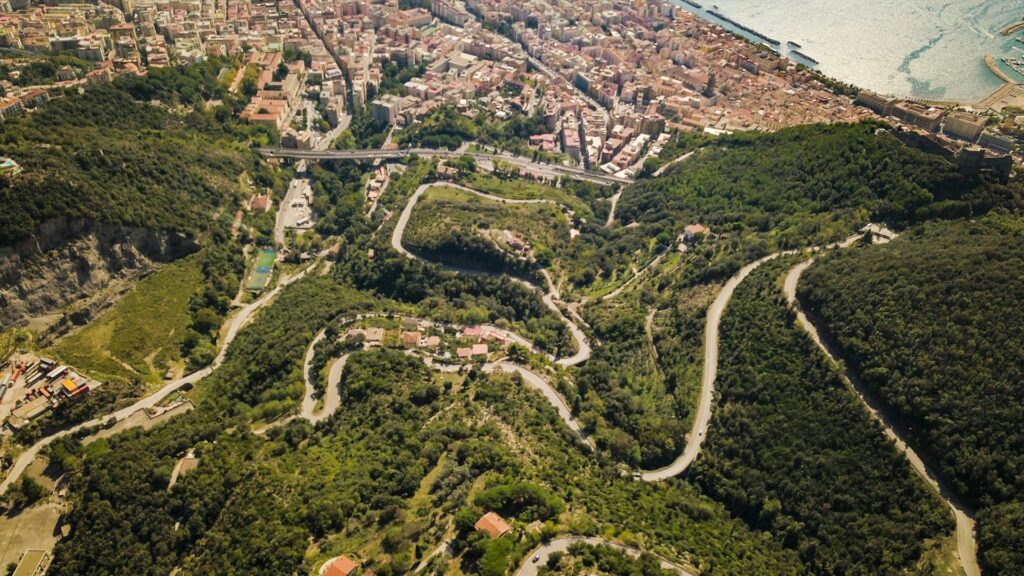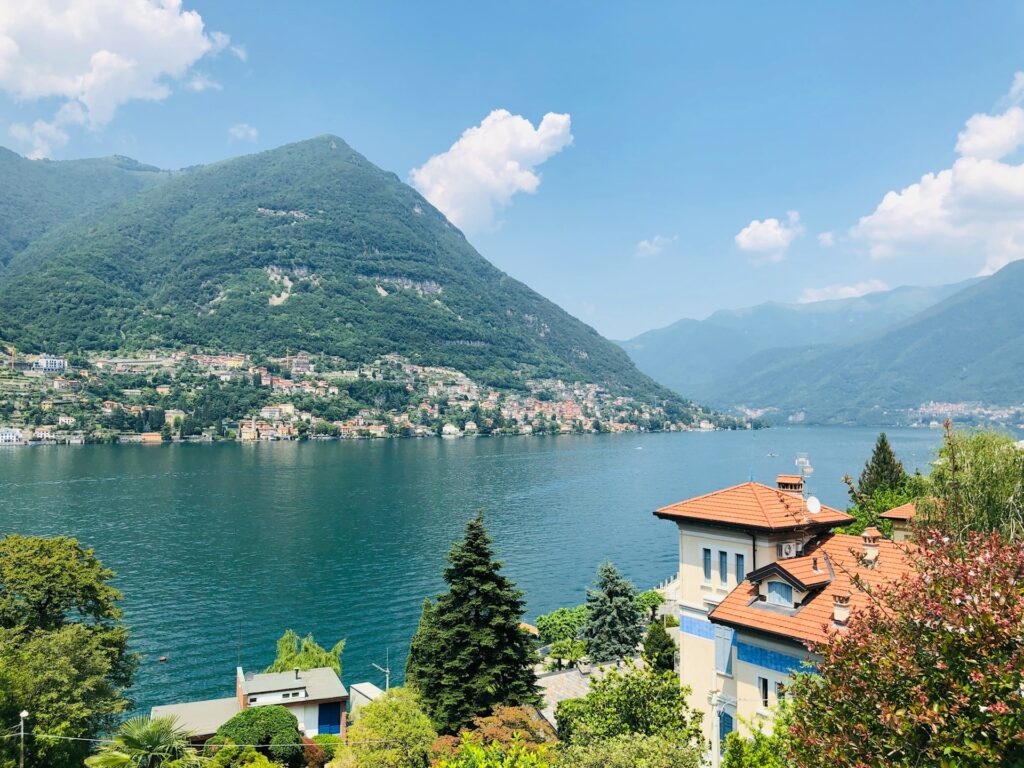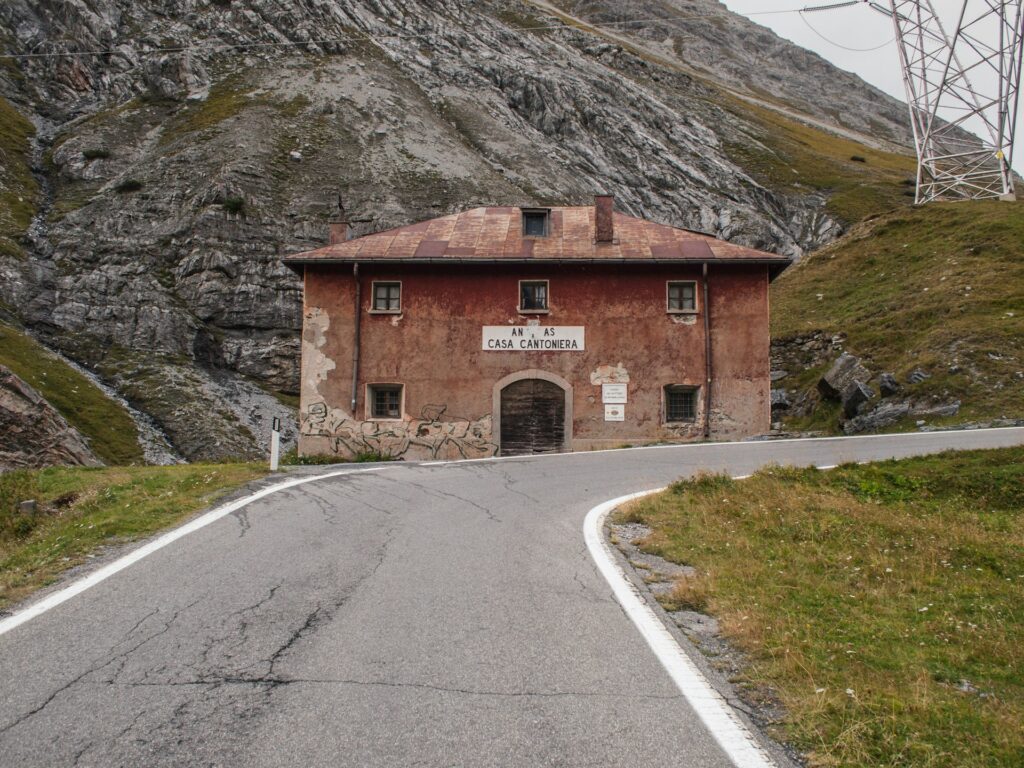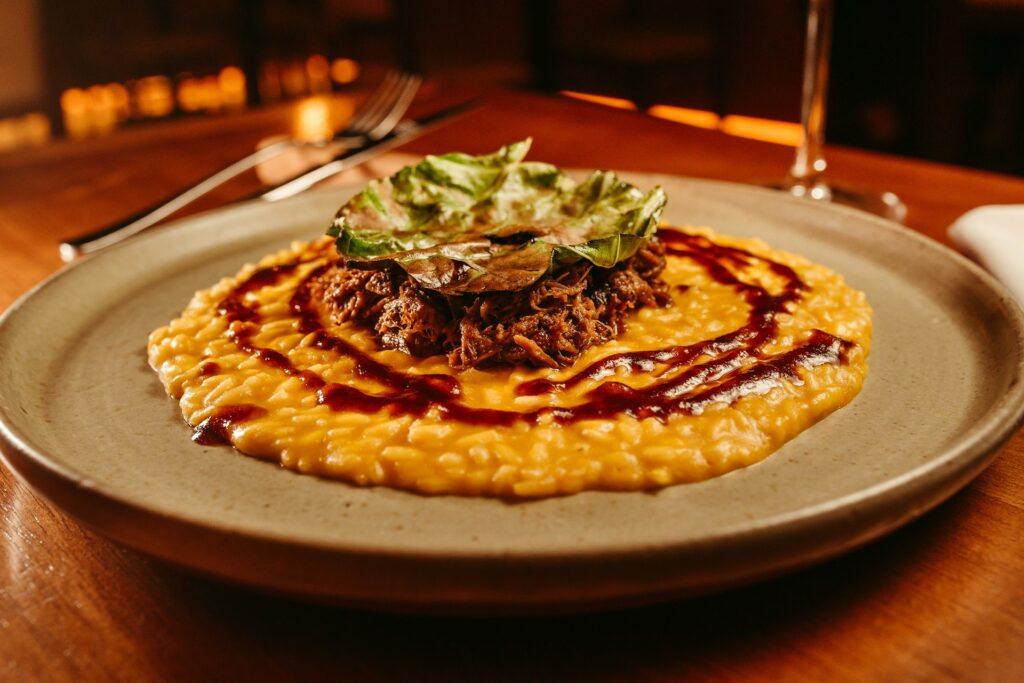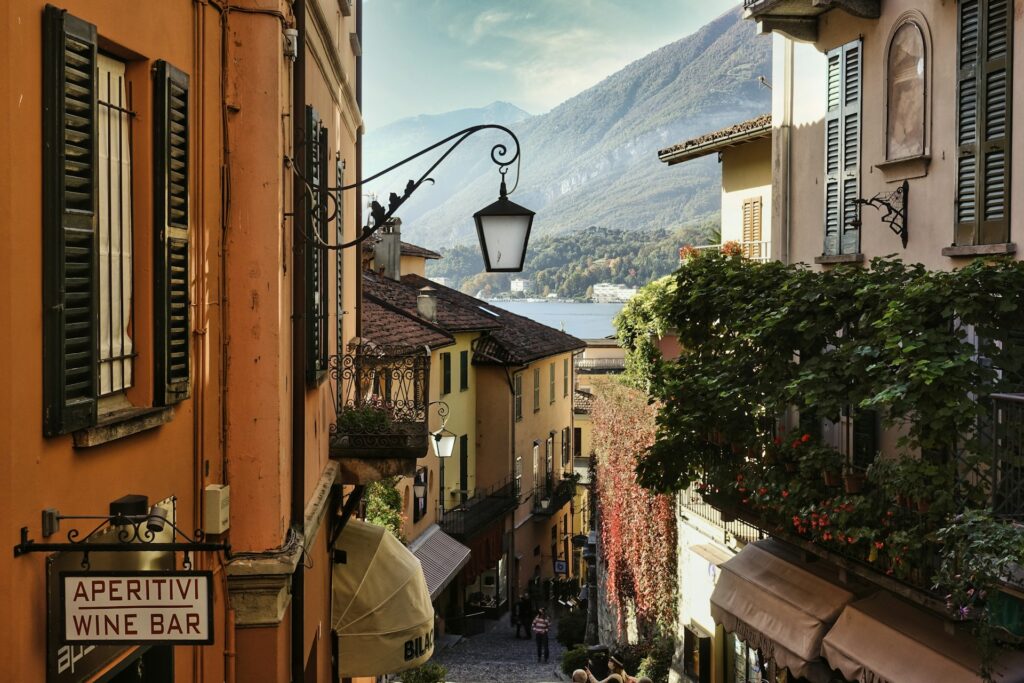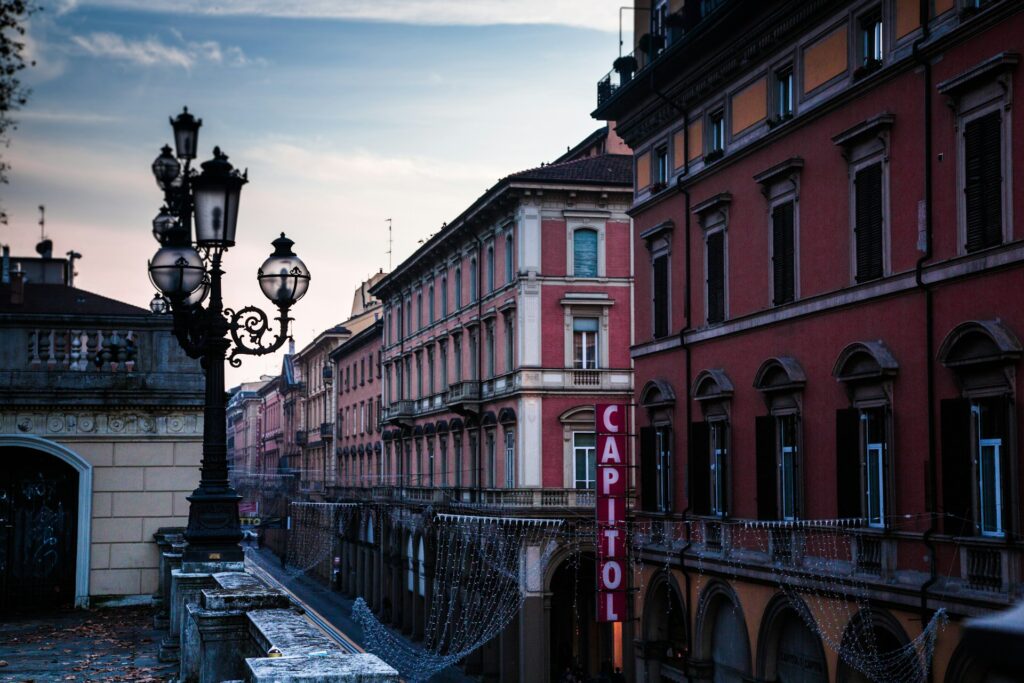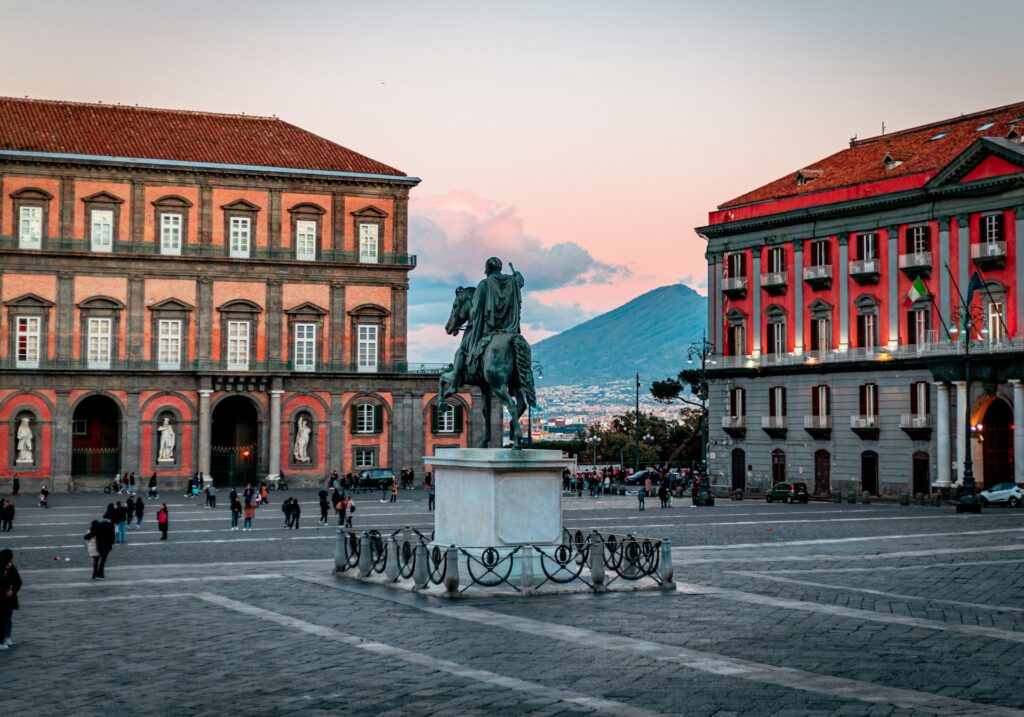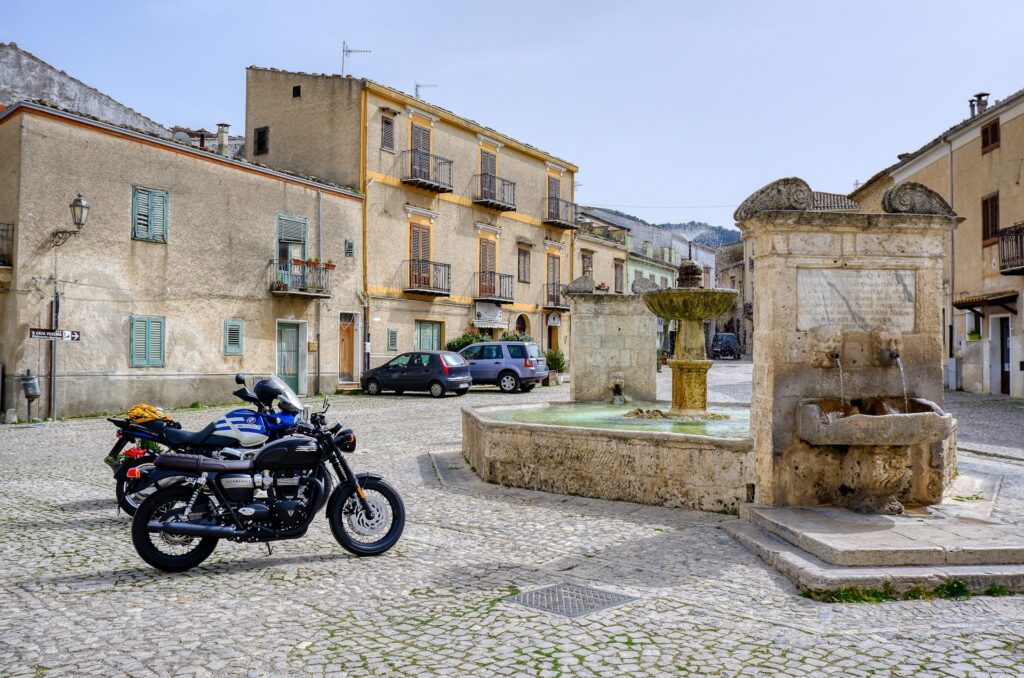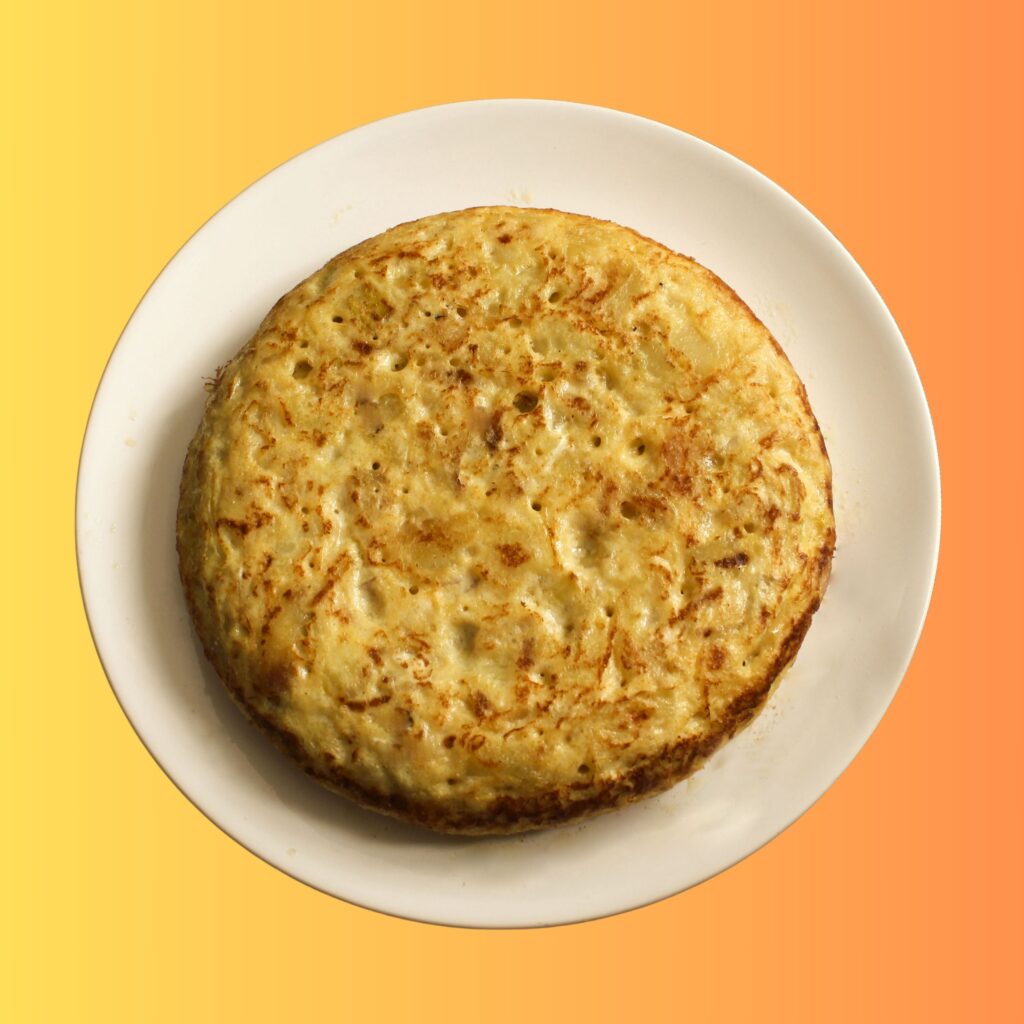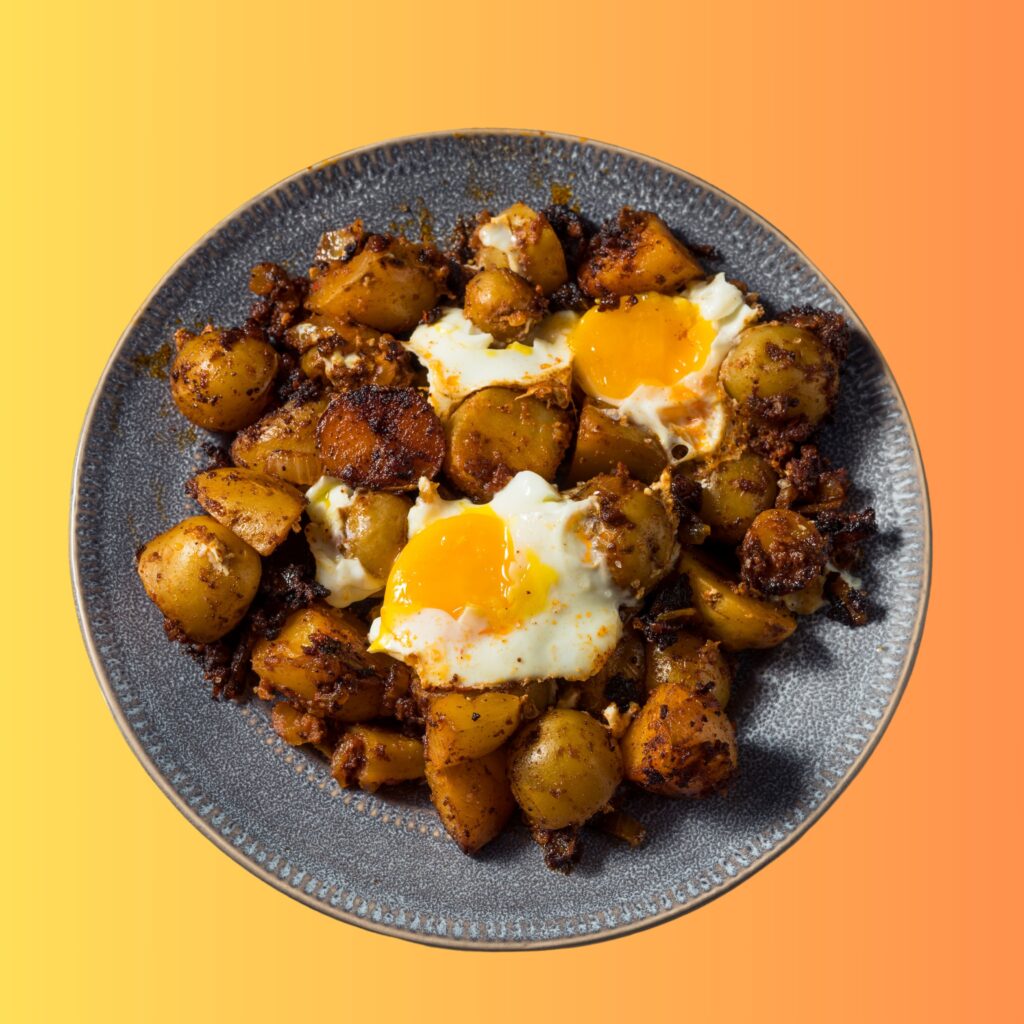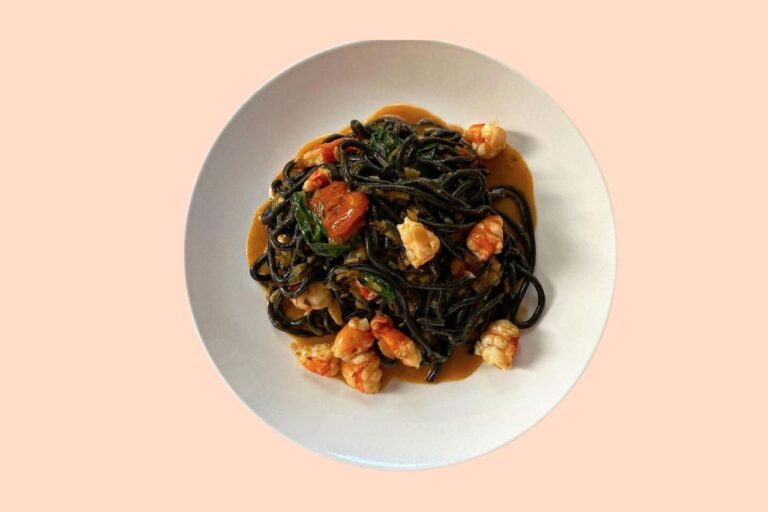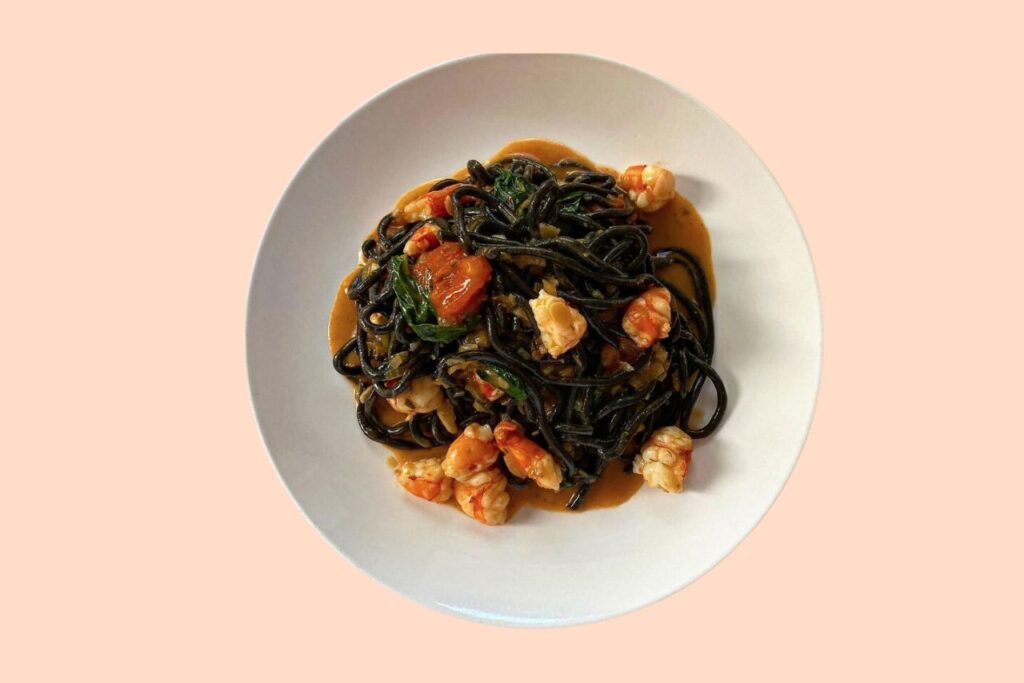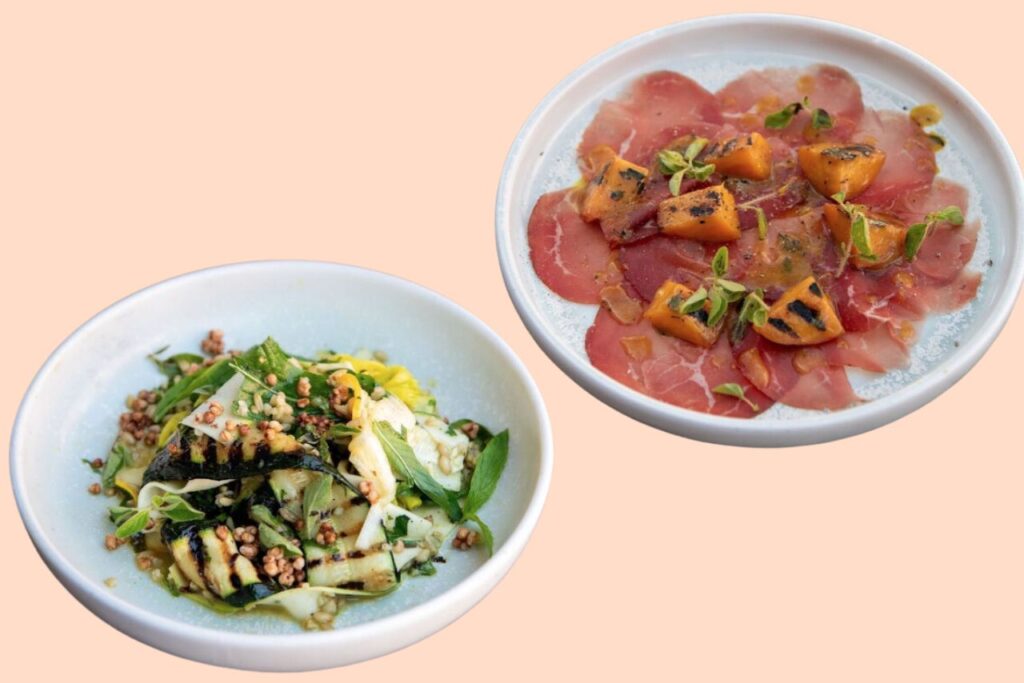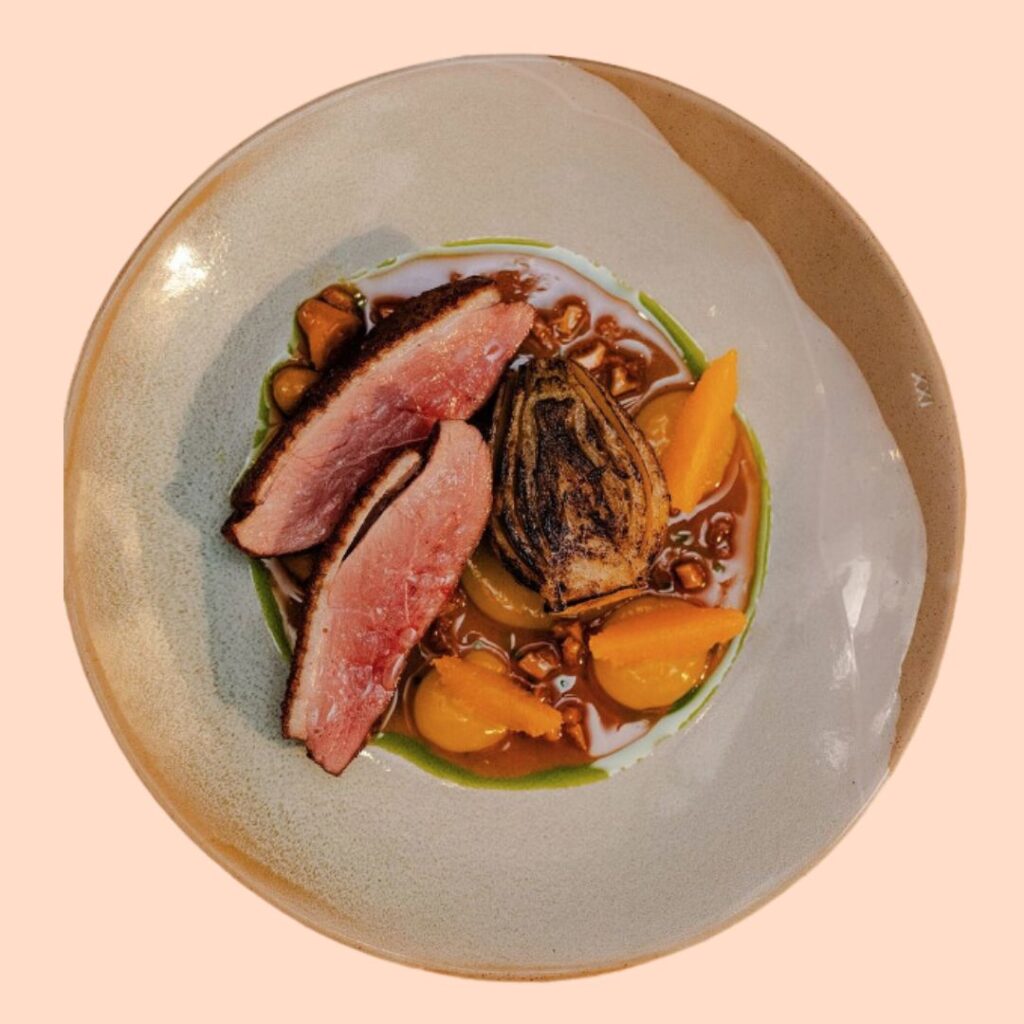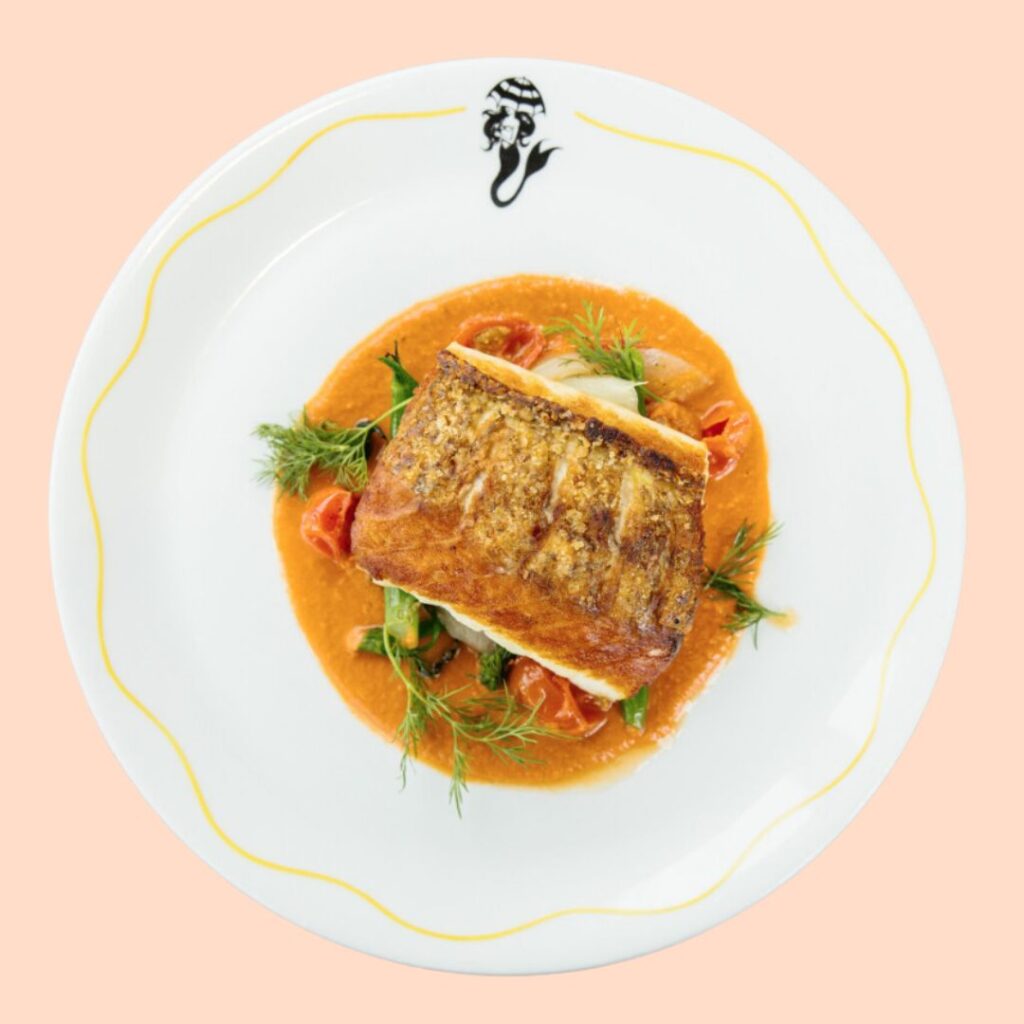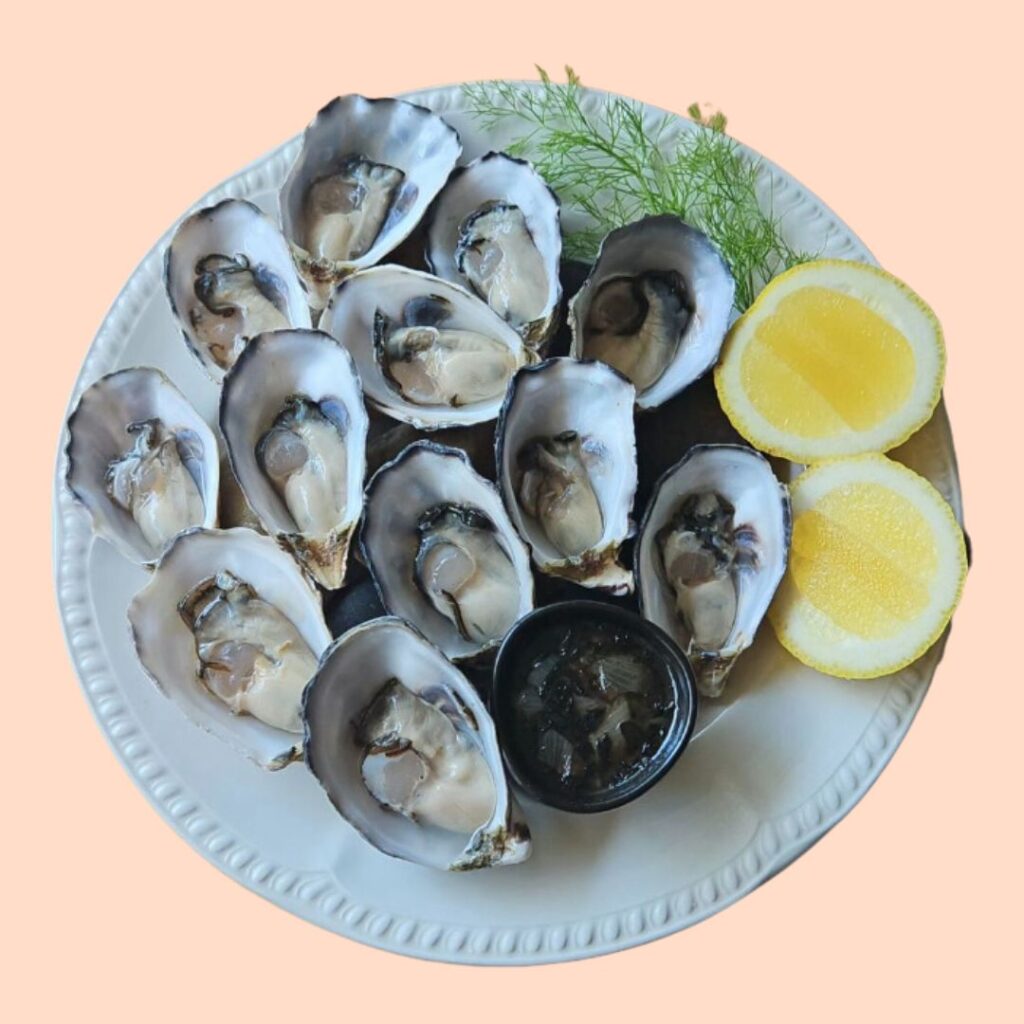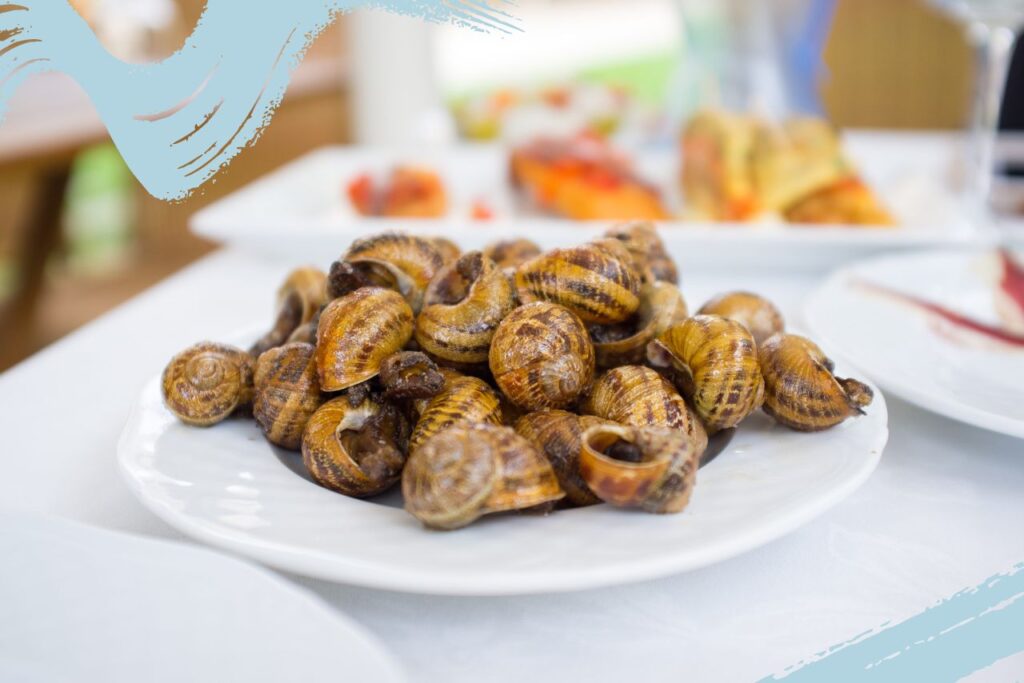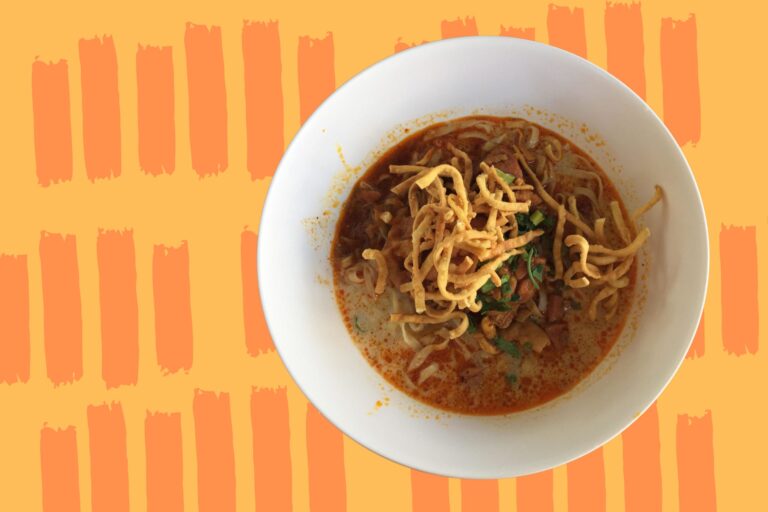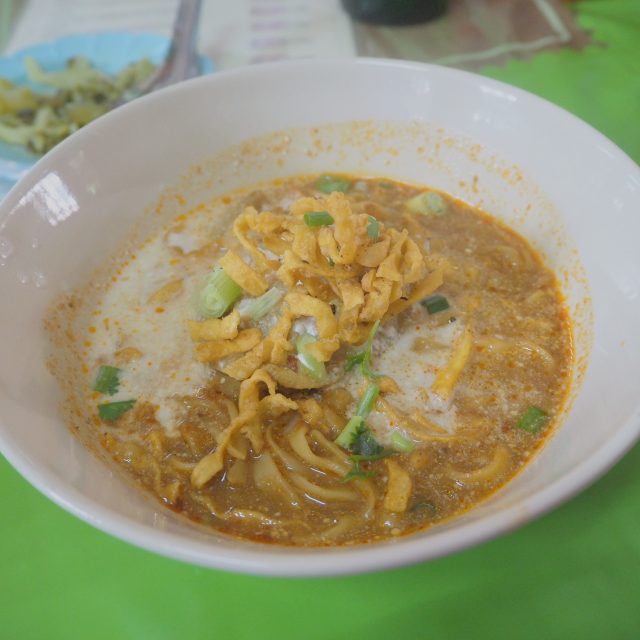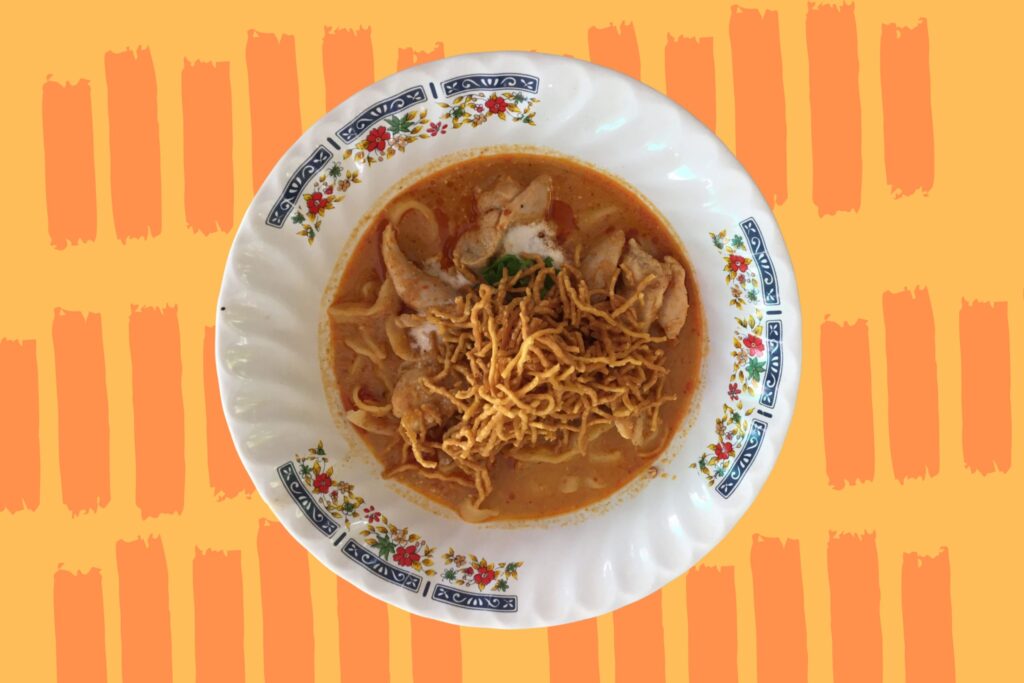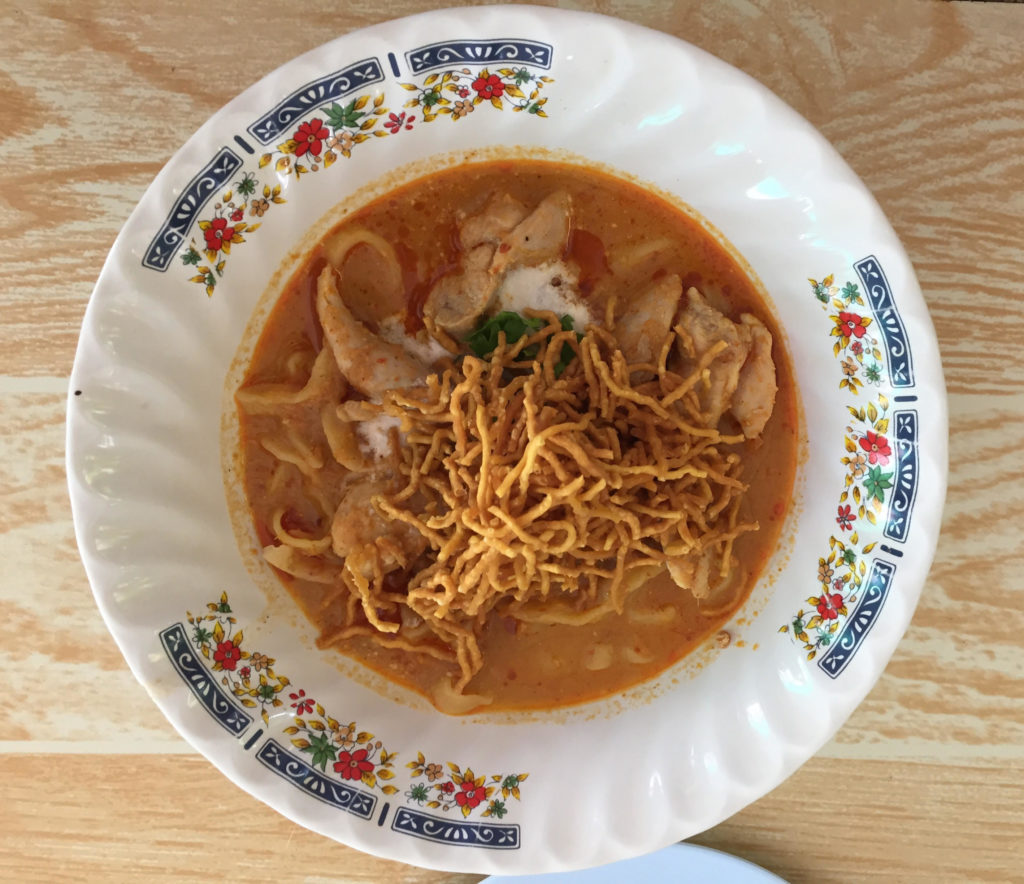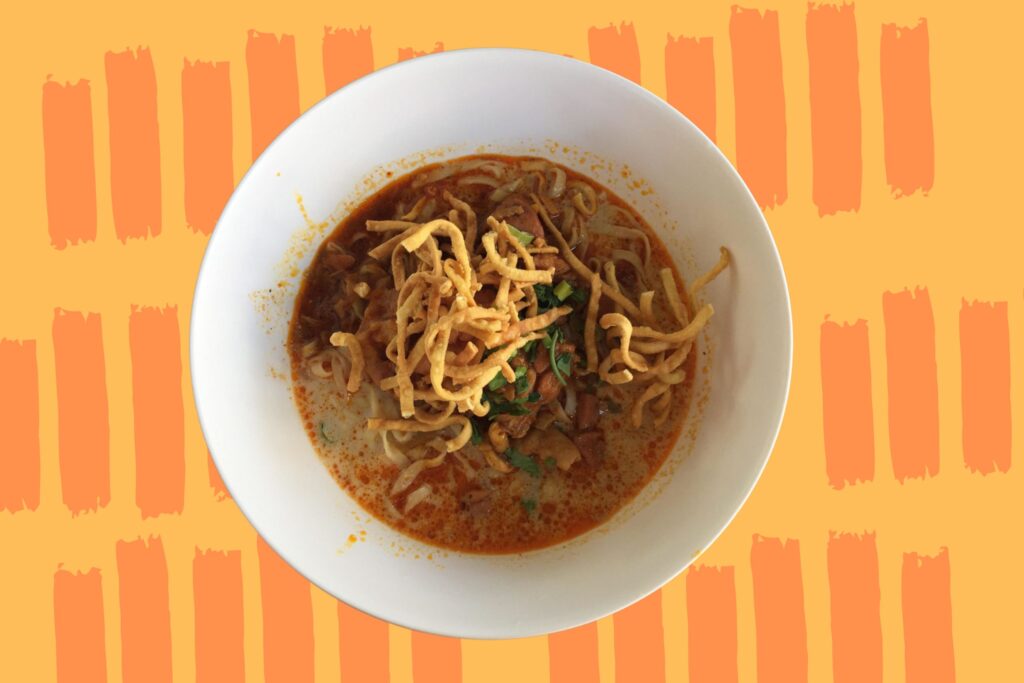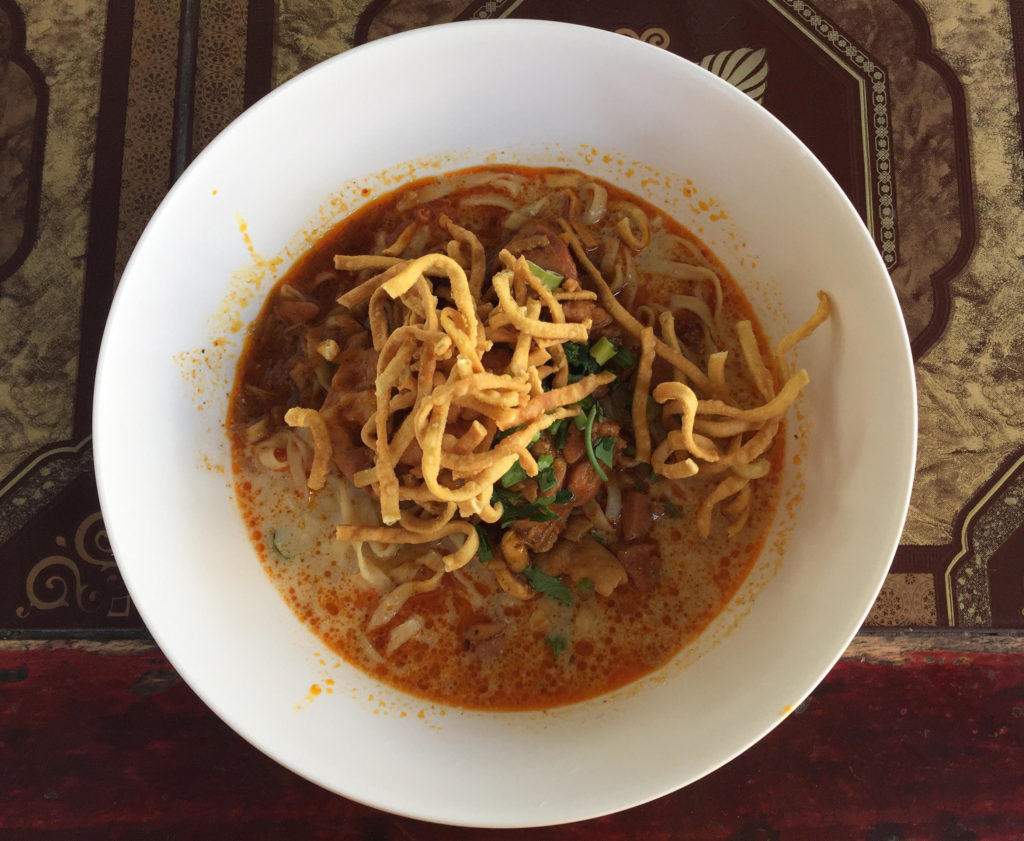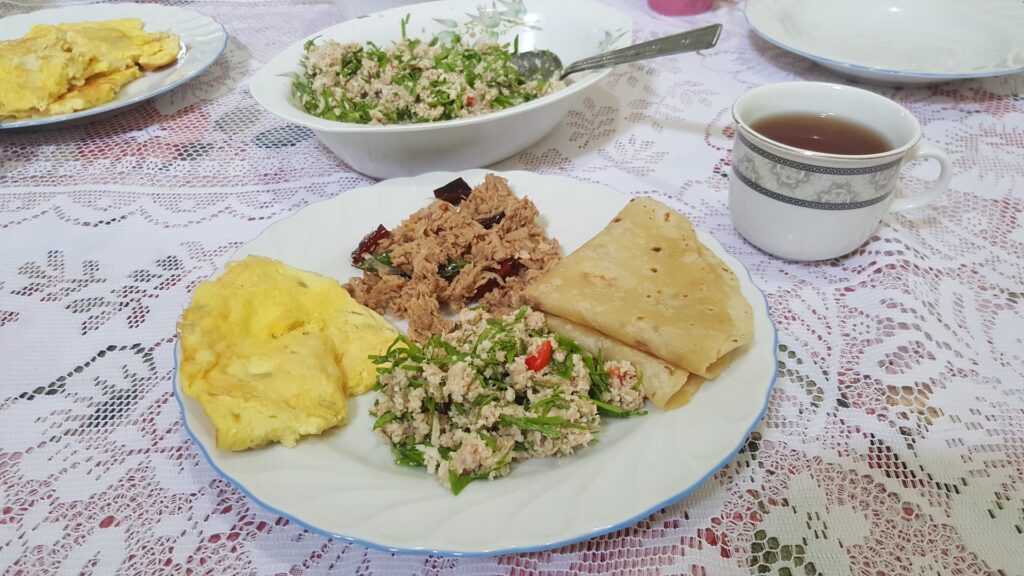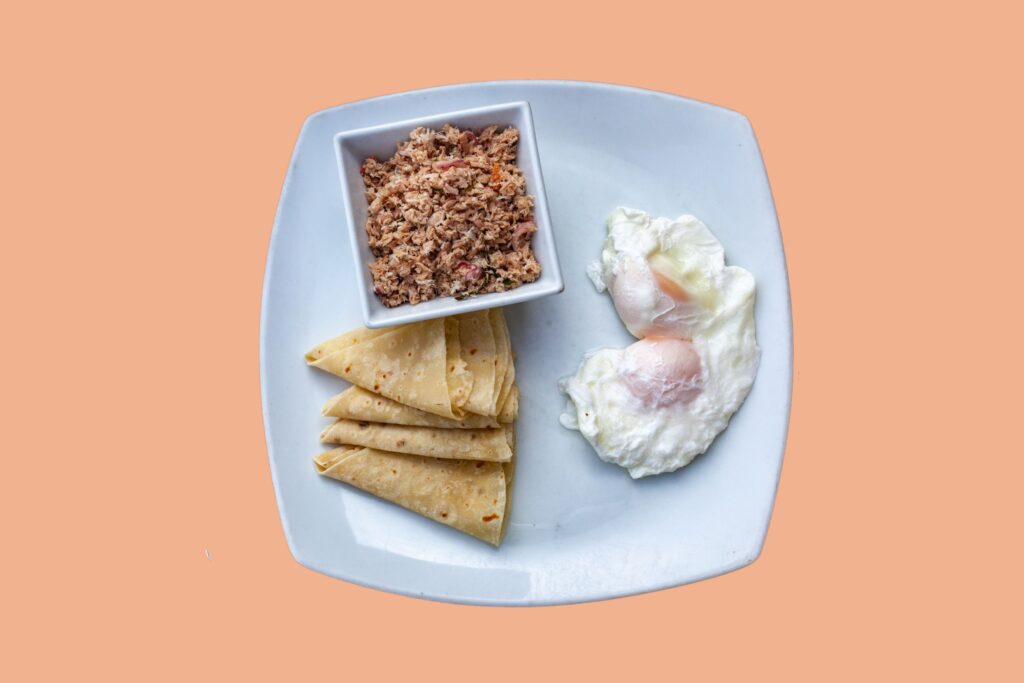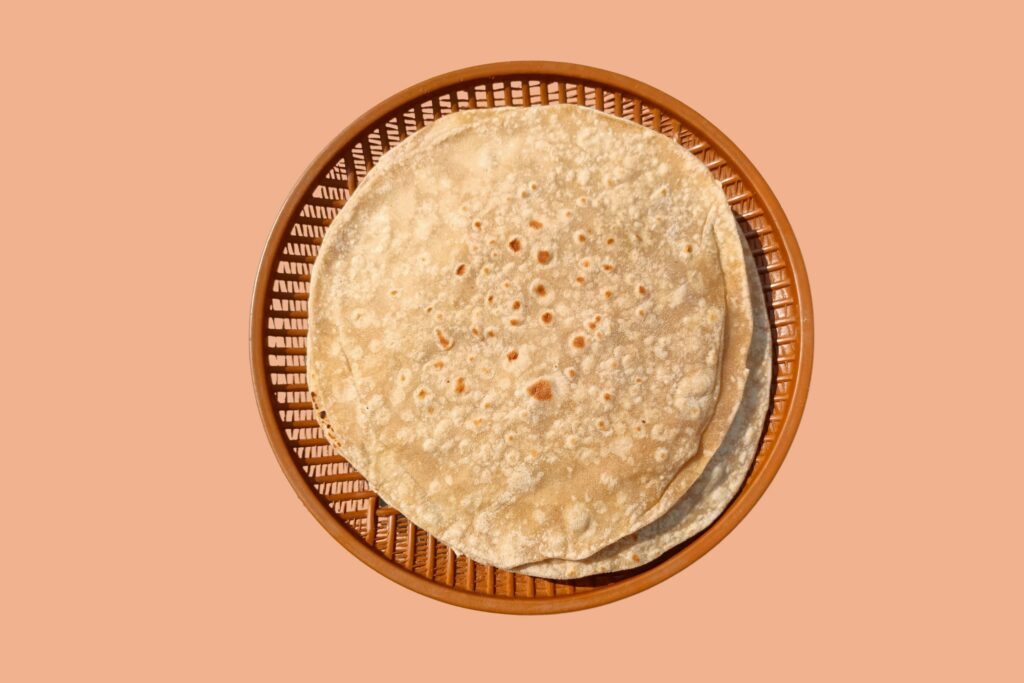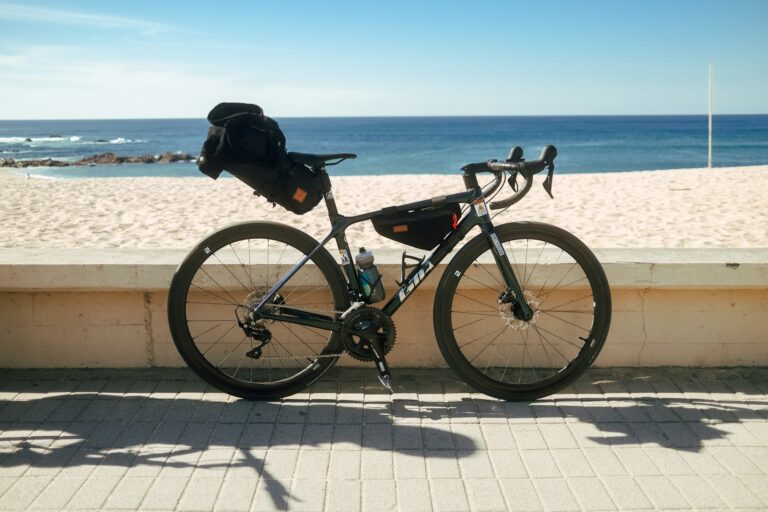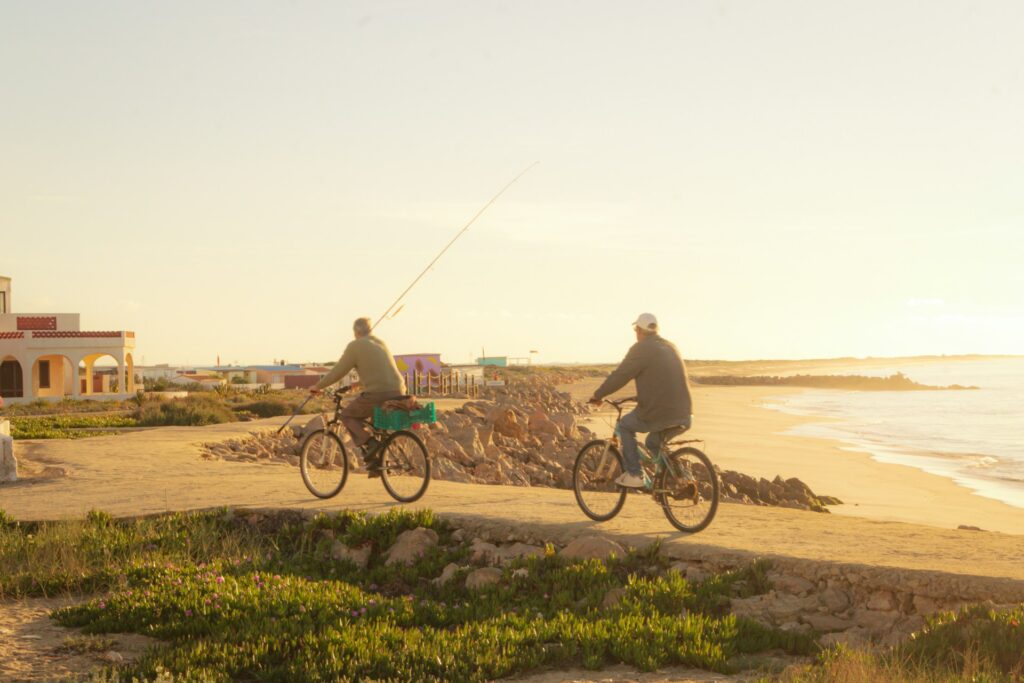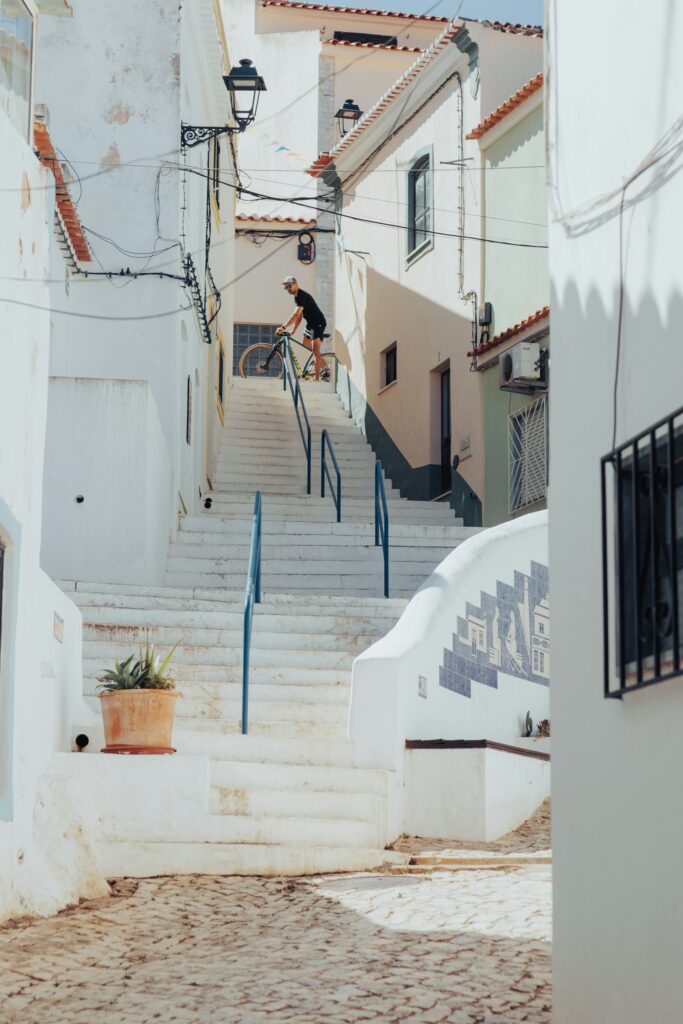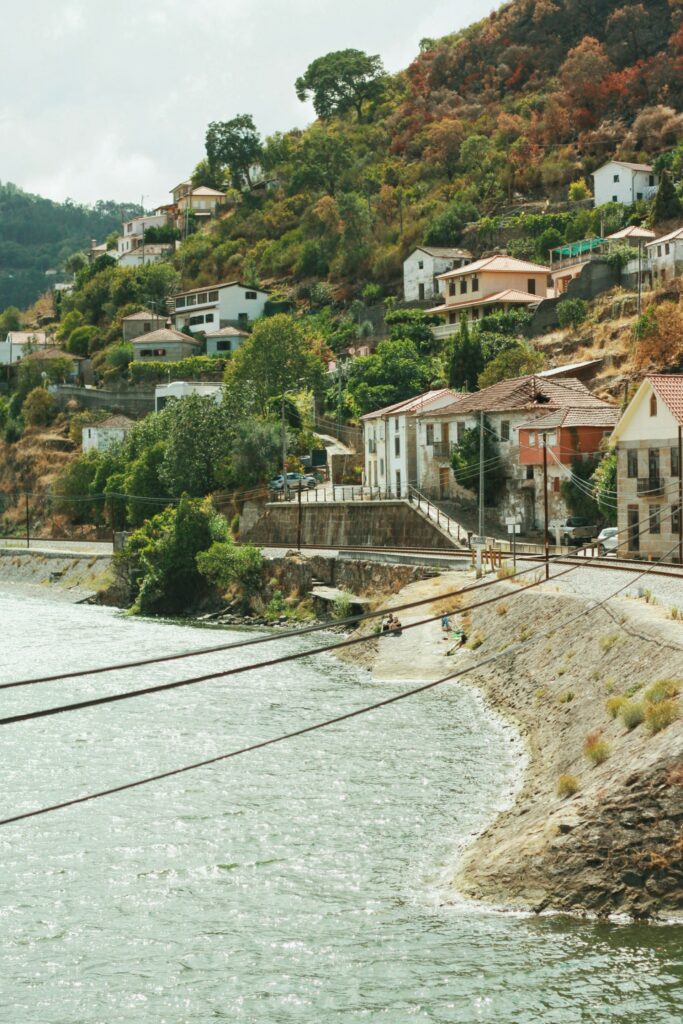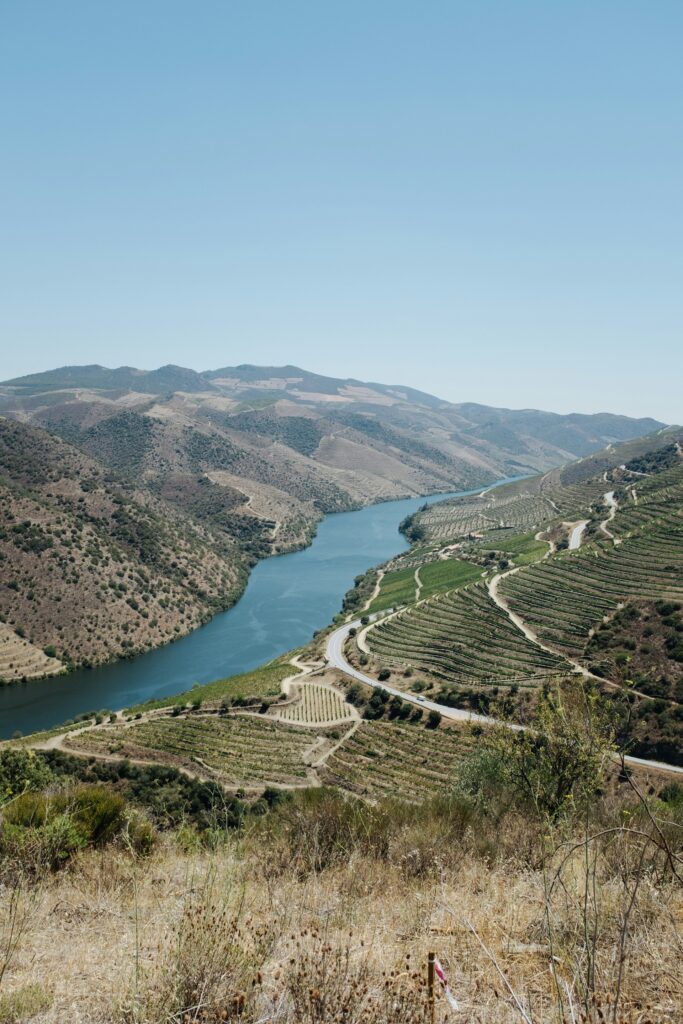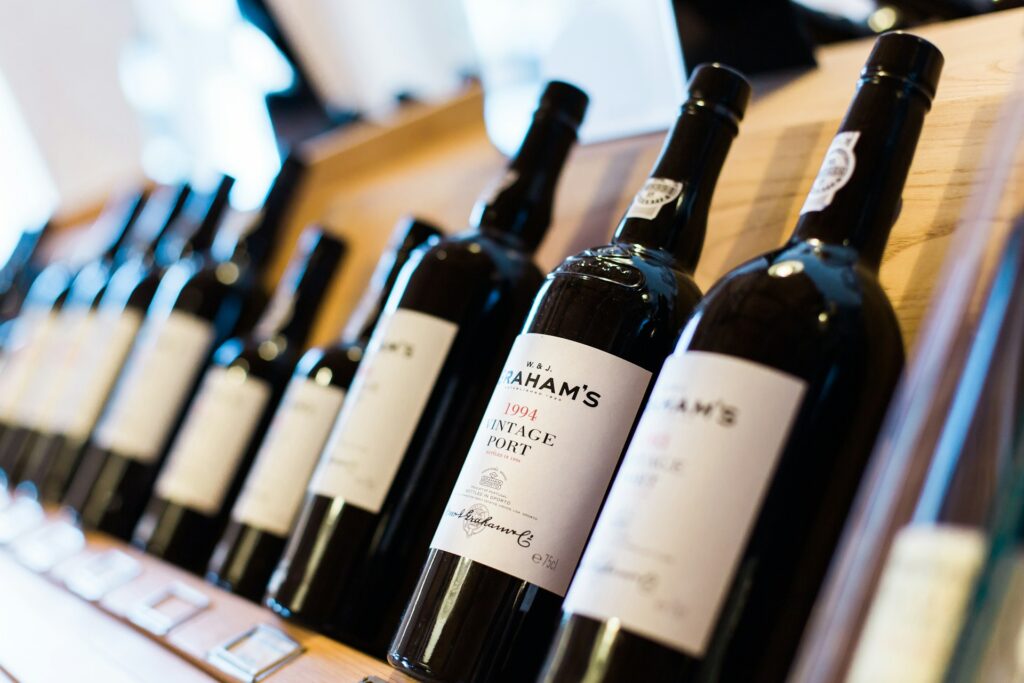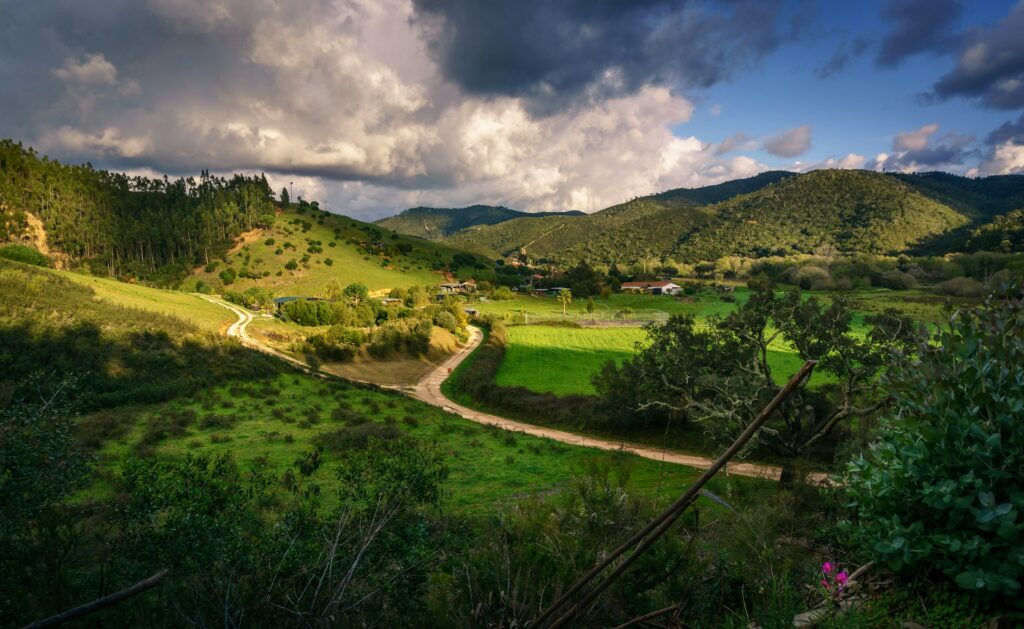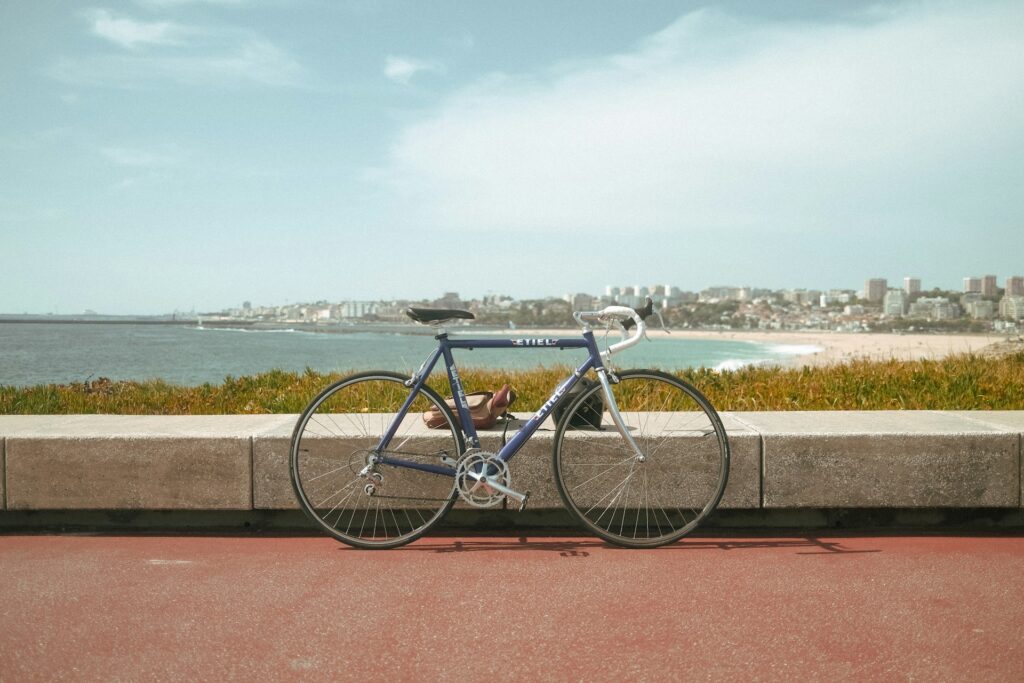If you’re looking to give your business a boost then it’s absolutely essential that you consider your brand awareness; it’s an integral part of any marketing campaign, whether it’s for business or personal reasons. If you want to establish yourself as an expert in your field, you need to prove to the world that your ideas are better than your competitors. And even if they’re not, promoting brand awareness will create the illusion of authority.
To do this, you should build trust with your customers, have a recognisable, unique image and proposition, and of course, keep your brand relevant. But how do we do this, we hear you ask. Here’s a start; our 7 ways to boost your brand awareness, both digitally and physically.
Target The Right Audience
If you are not targeting the right audience, you are wasting your time and money. It’s as simple as that. Spread yourself too thinly, operate in spaces which don’t have relevance to you, and face the financial consequences. So, take some time to think about who’ll benefit from the products and services you curate.
Ask questions like: What is the average age and gender of this person? What type of neighbourhood do they typically live in? Ask yourself more, like “What is my USP?” and “How is my product fulfilling a need that is not being met by my peers in the market?”. Hence, it is essential that you think about your customer first, as once their needs are met, their loyalty is more likely.
Have A Strong Social Media Presence
On a global scale, over five billion people are active on social media. Incredibly, that is 62.6% of the world population, and 93.2% of all internet users. Those are some humongous numbers. Subsequently, the potential for reach is massive. A strong social media presence is essential, then, to maximise the possibility of getting your brand known and out there. It’s also (largely) free.
To really understand the fundamentals of how social media can help boost your business, consider going on a course. There are plenty of courses out there to help you on your journey to becoming a social media master.


Read: How to measure and analyse your social media campaign’s performance
Host Webinars & Live Events
Hosting webinars and live events can position your brand as an authority in your industry, a status that has never been more important in this era of misinformation. These events provide a platform to share your expertise, engage with your audience in real-time, and answer their questions.
Webinars can be recorded and repurposed as valuable content for your website or social media channels. Live events, whether virtual or physical, create a sense of community and allow for direct interaction with your audience, fostering stronger relationships and increasing brand loyalty.

Search Engine Optimisation
Lurking in the lower reaches of Google, wondering why there’s scant traffic to your site? Struggling to rank highly in the search engines can be seriously detrimental to your business. To go from strength to strength this year and beyond, you may need to boost your online presence, helping you to rank higher on Google and beyond (Ask Jeeves anyone?).
You can improve SEO on your own terms, through posting high quality content, using certain keywords and linking to reputable websites. All of this improves your site in the eyes of Google’s all-seeing algorithm and allows your content to be found much easier online.
Read: 10 London-centric SEO tips to help elevate your social media presence


Personalised Merchandise
Attending industry relevant events will allow you to get ahead of your competitors and other professionals that operate in your niche. Because sometimes, let’s face it (ahem), face to face contact is simply more valuable, meaningful and productive. Chances are that these events will be filled with the potential for making an impression, with consumers and even competitors; never a bad thing, we think.
To last long in the memory, why not gift items with your brand logo that people will use each and everyday? Common examples include pens and notebooks, but you could even offer personalised t-shirts and other custom merchandise.



In terms of quality and efficiency, printing services are a wise choice here, as a DIY, shoddily assembled aesthetic is likely to have the reverse effect on your brand image, particularly if those printed t-shirts shrink in their first wash or the personalised mugs poison your potential clients. This is something you should invest in, make no mistake.
Embrace Influencers
Much maligned and often misunderstood, but utilising public relations and working in with influencers is yet another method you can take to increase awareness about your products. Influencers have a large follower base that trust in the content they post. When you partner with these individuals, you are securing a reputation for your brand, which aids in your future profitability.
Speaking of influencers, TikTok is experiencing a period of exponential growth right now and is full of content creators pushing brands. While still in its relative infancy, some analysysts believe that TikTok is now the biggest social media platform out there, which is truly remarkable for an app barely heard of just a handful of years ago.



Take a lesson from this; you shouldn’t ignore new and emerging channels and their associated influencers if you want your brand to reach a broad audience instantly. Keep your eye out for the next TikTok, and get your product known there before your competition!
Participate In Community Events
Engaging with your local community can significantly enhance your brand’s visibility and reputation. Participate in local fairs, festivals, and charity events to get your brand in front of a wider audience. Sponsoring community events or setting up a booth can provide direct interaction with potential customers, allowing them to experience your products or services firsthand.
Additionally, supporting local causes and initiatives can foster goodwill and establish your brand as a community-oriented business. This personal touch can create lasting impressions and build strong, loyal customer relationships.
Now you’ve got your brand out there, it’s time to consider the viability of your business in an increasingly eco-conscious climate. To help you with that, we’ve written this guide on nurturing a greener, more sustainable business. Do check it out!










